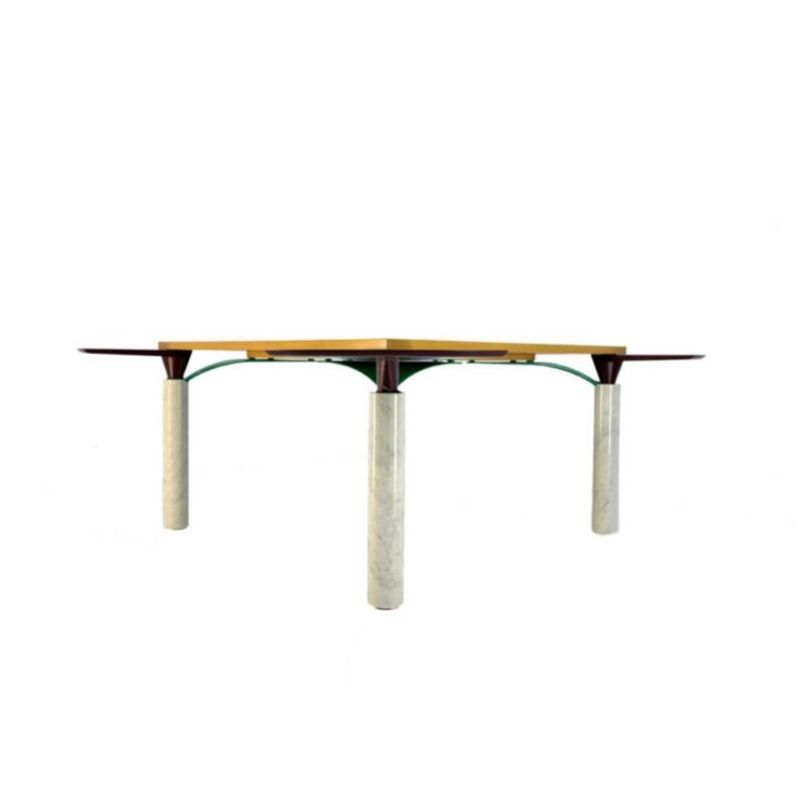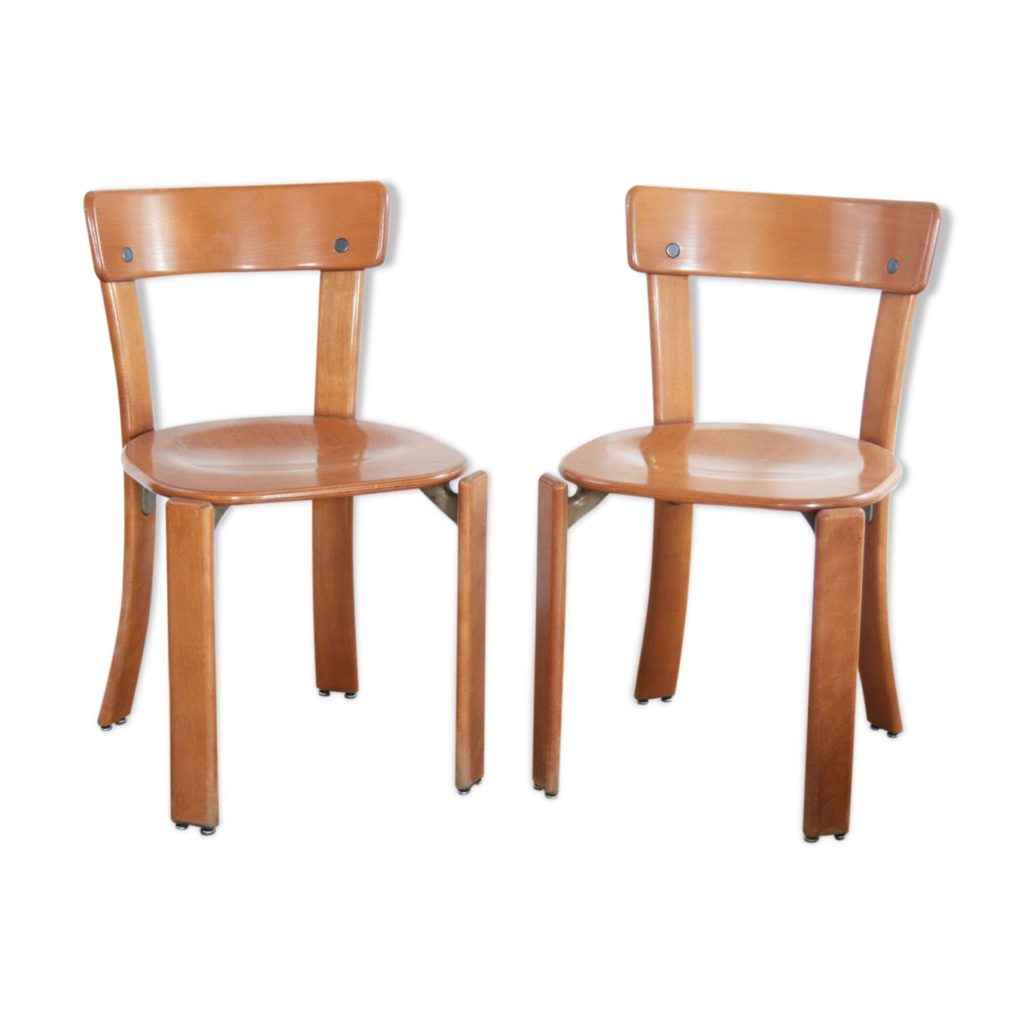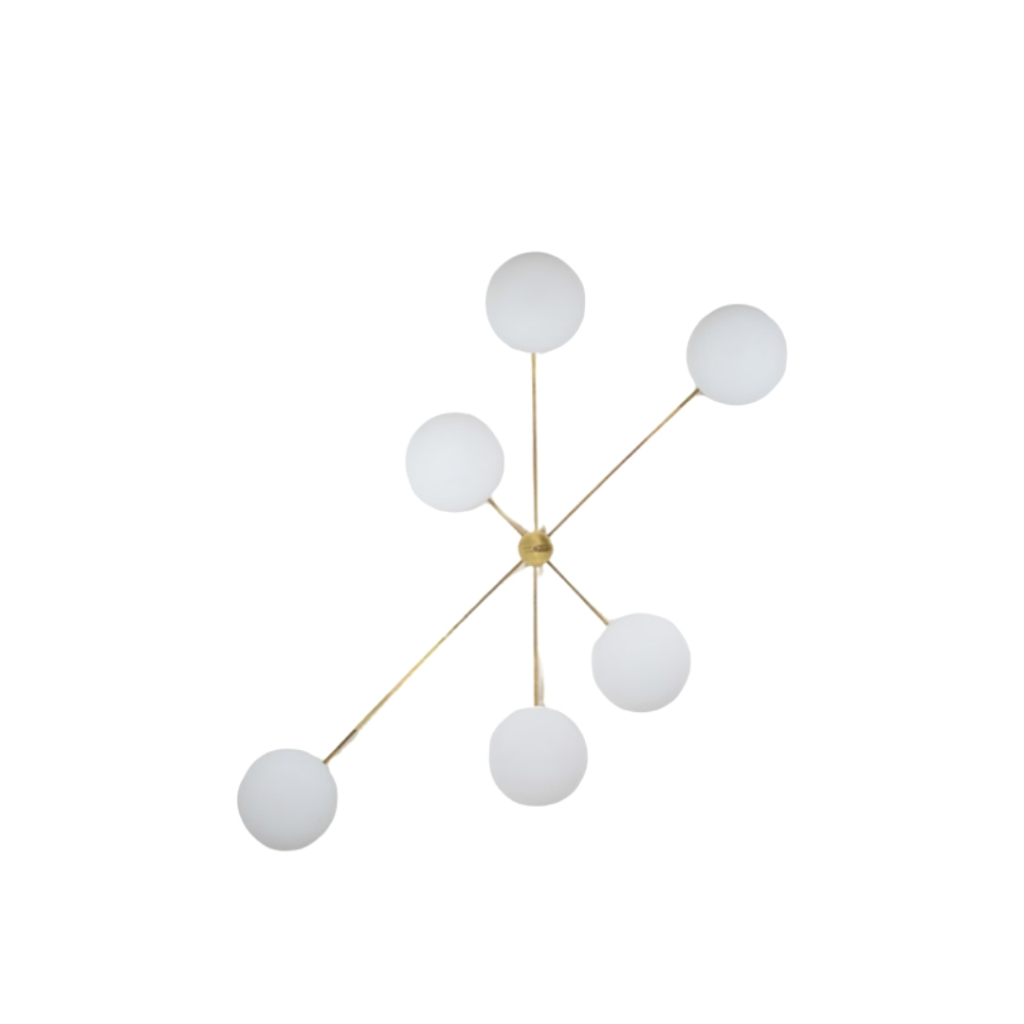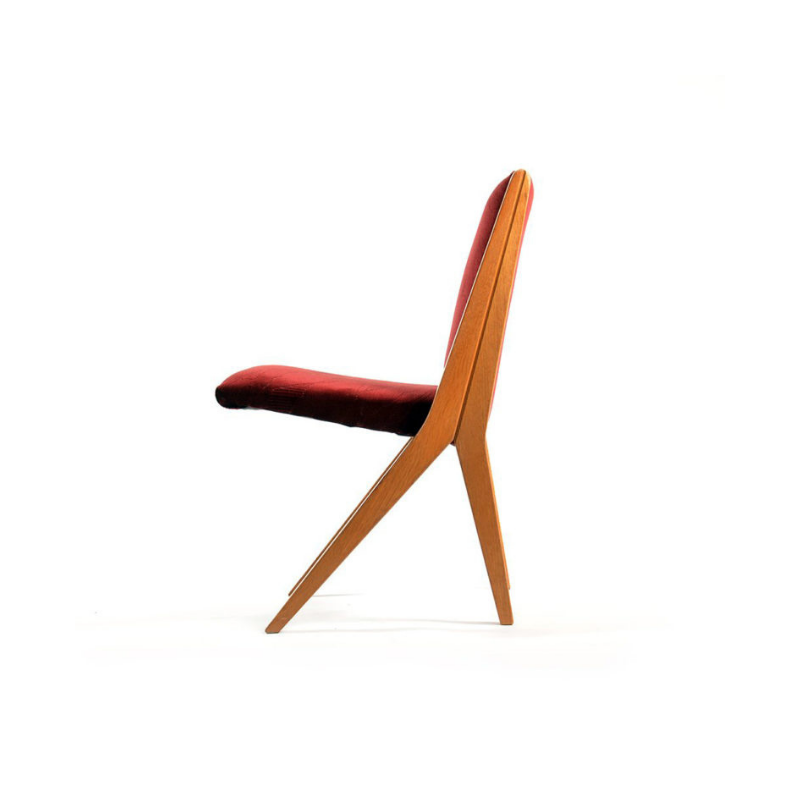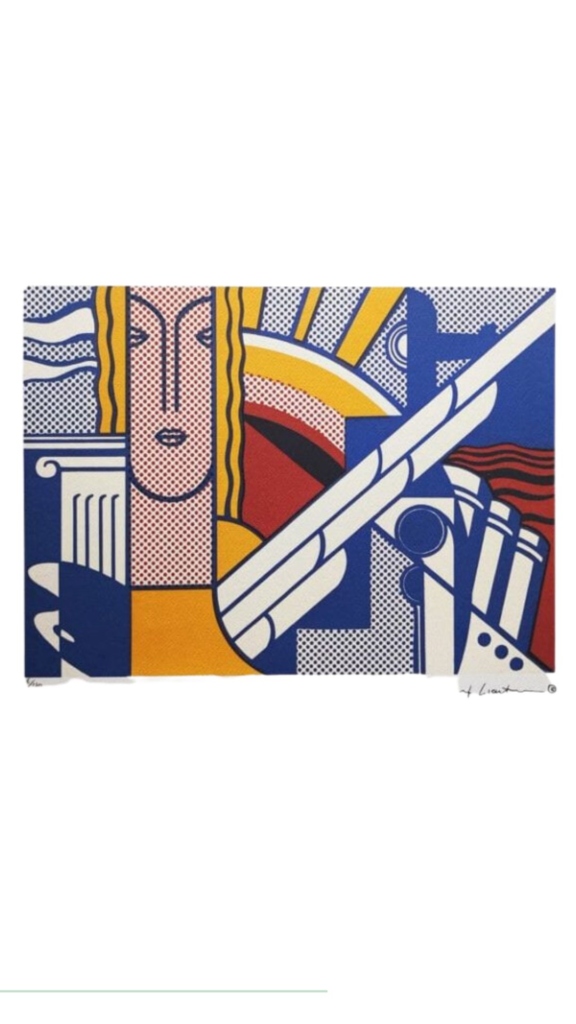I am looking at buying a nelson wind-up clock - the spindle version. It's not cheap, given the price of the Vitra clock. I have wanted an original for awhile, and now I am wondering if the price is worth it. Is there a way to know a fair price for these clocks? 1st dibbs seems high on everything. Unfortunately, I dont seem to come across bargains like you all do. 🙁 I am still confused on value of an original vs. the re-issued version. I personally prefer the original, but if it's foolish to purchase it at twice the price of the re-issued clock, I dont want to do it. I need lessons on the art of mid century collecting. I dont seem very good at it, mostly because I am too impatient. 🙁
I would be careful with vintage wind-up clocks
I bought one vintage Nelson wind-up and it didn't work. I took it to my good local clock repair and lo and behold, the wind-up spring was wound too tight and had rusted. A total loss and that style of wind-up motor is not available anymore.
I had to have a battery motor installed. Not the worst problem, but now the wind-up hole under the clock hands is just a hole!
I have 3 wind-up later Umanoff clocks and only one of them keeps acturate time. All three have adjustable penduliums but I haven't able to adjust them just right...so each day, I move the hands.
When shopping for vintage Howard Miller/George Nelson clocks, you can safely buy an electric or battery model, because no matter what, a replacement motor can be refitted.
The problem is with those wind-ups. If the seller promises that the wind-up motor is functioning, then go ahead. Peronally, I won't take that chance.
Some people hate the cord on the electric models, but they don't bother me at all. Those that I have that are electric all have white cords and I have white walls. And, luckily, all of my electrics keep good time.
I have a mix of vintage and knockoff reproductions in my house, but no Vitra's.
Hope this helps....and best of luck....but be careful, Lloyd (LBF) and I can tell you that collecting Nelson clocks can be habit-forming.
thank you
I am confused on the value of these items. I envision myself one day having a collection of nelson clocks (among other mid century items) on display. When people visit, I can tell them that they are originals. But I wonder if they warrant the higher price. If I buy a new version, I figure the value plummets as soon as I buy it. If I buy an original, I thought it would hold it's value, maybe increase over time. Does this sound logical or am I off-base? I like the idea of owning something valuable. I will hold off on the wind-up! He says it works but now I am worried. I figured it would be more valuable as the wind-ups arent made anymore. So far, I own an original basket clock and the weinberg ball clock, neither of which I believe is in reproduction. This collecting is terribly obsessing!
It IS weird
I had been looking for a natural wood colored Ball Clock, hopefully electric, and after seeing so many different colored Ball Clocks selling on eBay for $300.00 or more, I was lucky to snare a natural wood electric Ball clock for less than $225.00! And it works!
So, keep .looking for those clocks on eBay and you'll snare a few at less than ridiculous prices.
Of my original clocks, I now have a basket clock, a spike clock, a ball clock and a mosaic clock, all electrics, and all in perfect working order. And I got them all on eBay for less than $225.00 each...some under $100.00!
I have a wind up ball clock. ...
I have a wind up ball clock. Happy with it. It isn't the best time keeper, as it can fluctuate between fast/slow/on time. It's a decorative, quick reference clock. IMO, sure does look good! Nelson wind ups are rarer than the electric models.
General rule, originals are worth more than reissues/reproductions, with rare exceptions. When you learn what models you like, research how rare they are. Then study long term pricing. You'll be surprised!
Generally speaking, I'm constantly amazed that common pieces fetch considerable money, while better designs, rarer design, at lower or comparable prices often get overlooked.
I guess the most essential aspect of collecting is to study yourself.
Woof, it's probably because
the more popular designs (Ball, Spike, Spindle, and the Cronograph table model) are so iconic that there's much more interest in them. Take my mosiac #2232 (below). It's a darn rare Nelson clock, yet it brought little interest and I got it for less than $125.00 in nearly mint condition!
On the other hand, one of the Motion Notion clocks was sold on eBay recently for a heck of a lot of dough, despite the fact that the revolving second wheel (hand) was cracked in half and reglued. It was out of my price range, and I wouldn't have wanted it because you could clrealy see the repaired crack on the photos.
Collecting these clocks are complicated, to be sure. Some of the common ones fetch big money, then when a really spectacular one shows up, it goes for BIG bucks...but those in the middle can often be bargains.
string clock
I am finishing up my training as a physician, and I wanted to buy something as a reward, but something that will hold its value. Of the two, which do you think is better for the rarity and investment value - string clock or spool clock? I am thinking the string clock...I love them both. But the string clock is not re-issued, to my knowledge. I think this would be a nice piece to own. Or is there something better I should be considering?
What do you want?
I'm always a little suspicious of someone who says "I want an investment piece". I know we all want to get something for a good price, and something that retains it's value, but I really think people get too hung up on money and ignore other aspects of an objects 'value'.
So... I think you should forget the price tags for a moment and ask yourself what do you want?
As posted above, form follows function. If your function is to have a collection of first-run Nelson clocks (and other MC items) then you should begin studying the clocks, their respective rarities and selling prices. Certainly Barry and Lloyd have contributed huge amounts of valuable information on the subject, and it seems like more is available with the Vitra exposition on George Nelson Associates.
However, if your function is to have a collection of objects that make you happy, and that contribute to the enrichment of your life - perhaps you consider buying re-issues, which will offer more accurate time-keeping, lower prices, and will still retain their resale better than the plastic knock-offs.
Or, perhaps you combine the two, as Joel Pirella has done, and buy some of the more sought after pieces new, and fill in gaps with some of the rarer, but less covetable pieces.
And a lovely little video link of Katherine Hepburn talking about buying furniture below.
http://www.midcenturymodernist.com/2007/09/katherine-hep-1.html
If you need any help, please contact us at – info@designaddict.com



